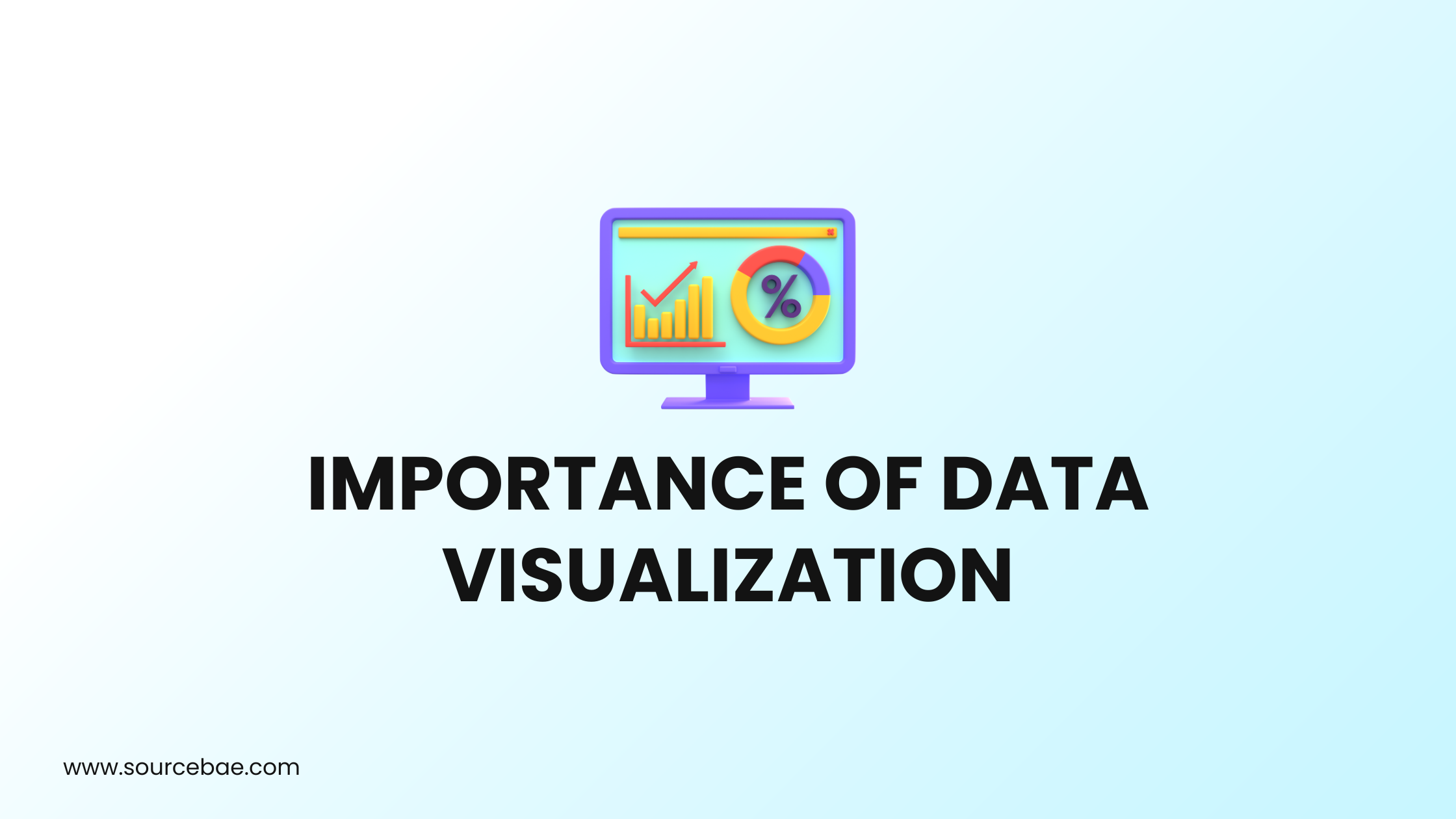In today’s data-driven world, understanding the importance of data visualization is crucial for businesses and individuals alike. This practice involves converting intricate data sets into visually appealing graphics and charts, aiding in comprehension, pattern recognition, and effective communication of insights.
The process not only simplifies complex information but also helps in identifying trends and correlations that might otherwise remain hidden within raw data.
Why Data Visualization Matters
The term “Importance of Data Visualization” resonates profoundly, considering its role in enhancing decision-making processes and facilitating clearer communication. Let’s delve into the significance of this practice:
Enhancing Data Comprehension
Data visualization transforms raw numbers into visual representations, making it easier for both experts and non-experts to understand complex information. A well-constructed chart or graph can convey information more effectively than a table of figures, enabling quicker understanding of key trends, patterns, and outliers.
Unveiling Hidden Insights
Visualizing data uncovers insights that might not be apparent when examining raw data alone. Patterns, correlations, and anomalies can be spotted more easily, allowing businesses to capitalize on opportunities or address potential issues promptly.
Supporting Effective Decision-Making
Incorporating data visualization into decision-making processes can lead to more informed choices. Visual representations allow decision-makers to assess scenarios, compare options, and predict outcomes, ultimately leading to strategies that are grounded in data-driven insights.
Improving Communication
Visualizations transcend language barriers and present data in a universally understandable format. Whether in a boardroom presentation or a scientific paper, visual representations make it simpler to convey complex findings to diverse audiences.
Enhancing Stakeholder Engagement
Engaging visuals capture and retain the audience’s attention, leading to better stakeholder understanding and engagement. When intricate data is presented in a clear and compelling manner, it resonates more with stakeholders, fostering collaboration and alignment.
Exploring Effective Data Visualization Techniques
The importance of data visualization lies not only in its concept but also in the techniques employed to create impactful visuals. Here are some noteworthy techniques to consider:
1. Bar Charts and Pie Charts
Bar charts are ideal for comparing data across different categories, while pie charts are great for showcasing parts of a whole. These techniques help in simplifying complex data by transforming it into easily understandable visual formats.
2. Line Graphs
Line graphs are excellent for displaying trends over time. They are particularly useful when analyzing patterns, fluctuations, and shifts in data points, making them an essential tool for businesses tracking performance metrics.
3. Heat Maps
Heat maps use color to represent the density of data points in a specific area. This technique is valuable for identifying clusters, trends, and variations within large datasets, such as customer behavior analysis.
4. Scatter Plots
Scatter plots illustrate the relationship between two variables. They are valuable for identifying correlations, outliers, and potential cause-and-effect connections within datasets.
5. Interactive Dashboards
Interactive dashboards allow users to explore data and customize visualizations according to their preferences. These platforms provide a dynamic way to engage with data, enabling users to drill down into specific details.
FAQ’s
How does data visualization impact business strategies?
Data visualization empowers businesses to make informed decisions based on clear insights, leading to more effective strategies and improved outcomes.
Can data visualization be used across industries?
Absolutely! Data visualization is applicable in various industries, including finance, healthcare, marketing, and more, aiding professionals in understanding trends and making better choices.
What tools are commonly used for creating visualizations?
Popular data visualization tools include Tableau, Power BI, and D3.js. These tools offer a range of features for creating customized and impactful visuals.
Are there any risks associated with misinterpreting visualized data?
Yes, misinterpretation of visualized data can lead to erroneous conclusions. It’s essential to ensure accurate data representation and clear labeling to avoid misunderstandings.
How can data visualization benefit academic research?
In academia, data visualization can enhance the presentation of research findings, making complex concepts more accessible to both peers and the general public.
What role does storytelling play in data visualization?
Storytelling through data visualization adds context and narrative to the insights presented, making them more relatable and memorable to the audience.
Conclusion
Understanding the importance of data visualization is crucial in today’s data-centric world. From enhancing comprehension to enabling more informed decisions, effective data visualization techniques empower individuals and businesses to harness the power of data. By adopting these techniques and tools, one can transform complex information into meaningful visuals that drive actionable insights and support strategic choices.





